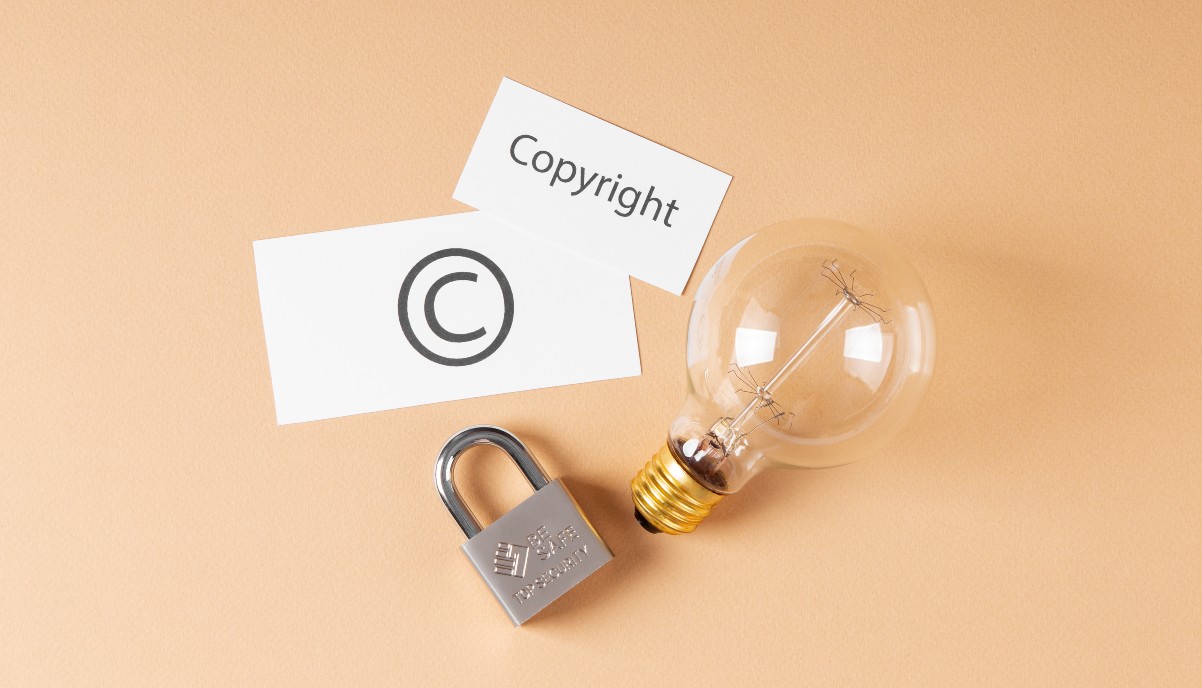Imagine being a digital cartographer, tasked with charting safe routes through a vast ocean of information. Each map you create is a learning journey, a voyage that guides others towards new knowledge. But on this journey, we must be extremely careful not to infringe on the boundaries of others, to avoid misappropriating the work of other cartographers.
Intellectual property in elearning is a complex and sensitive issue. Every element that makes up an online course, from images to text, from videos to software, is potentially protected by copyright. Using these elements without proper authorization means violating the law and damaging the reputation of those who create the content.
The Challenges of Intellectual Property in Elearning
There are many challenges concerning intellectual property in elearning, such as:
- Copyright on content: Every original work, whether it's text, image, or video, is protected by copyright from the moment of its creation. Using copyrighted content without permission constitutes copyright infringement.
- Usage licenses: There are various types of licenses that govern the use of copyrighted content. It is essential to understand the conditions of each license before using content.
- Fair use: In some cases, it is possible to use copyrighted content without permission by applying the principle of "fair use". It is a legal doctrine that allows, under certain circumstances, the use of copyrighted works without having to ask permission from the rights holder. It is a sort of exception to copyright, designed to encourage activities such as criticism, commentary, news reporting, teaching, scholarship, and research. However, the criteria for applying fair use are very strict and vary from country to country.
- User-generated content: When creating elearning platforms that allow users to share their own content, it is necessary to clearly define the rules for the use of this content.
How to Protect Intellectual Property in Elearning
So how can we orient ourselves without running into problems? How can we avoid breaking rules and copyright laws? In order to avoid problems related to intellectual property, it is essential to:
- Obtain necessary permissions: Before using any copyrighted content, you must obtain permission from the rights holder.
- Verify licenses: Before using free content, it is important to verify the conditions of the license under which it is distributed.
- Cite sources: Even when using fair use, it is always advisable to cite the original source of the content.
- Create original content: The best way to avoid copyright issues is to create original content.
- Use checking tools: There are many online tools that allow you to check if an image or text is copyrighted.
Some examples of checking tools: Google Images, which allows you to perform a reverse image search, showing the web pages where the image is present; TinEye, similar to Google Images, but often offers more accurate results; Copyleaks, a more comprehensive tool that allows you to check for plagiarism of text and code; Adobe Stock, which offers a vast library of royalty-free images and videos.
Conclusions
Protecting intellectual property is essential to ensuring the quality and originality of e-learning content. Respecting copyright is not only a legal obligation but also a way to value the work of others and build a learning community based on trust and collaboration.



